The Boys, Amazon’s superheroes-aren’t-so-super series, is based on a comic by Garth Ennis. But the show does deviate from the comic a bit. How? Here are all the differences between Amazon’s The Boys TV series and the original comic.
A List of All Major Differences Between The Boys on Amazon and the Original Comic
The Series Strips The Boys of Their Super-Strength
One of the major differences between Amazon’s The Boys and the comic is that, in the show, only Kimiko has permanent superpowers. In the comic, every member of The Boys has them.
Either they were born with them, or Butcher arranged for them to be injected with Compound V. So, while they might not be able to go toe to toe with Homelander, they could beat the living daylights out of most other superheroes.
Taking those powers away, however, makes sense in the context of the series. It helps create a sense of tension, something that tends not to factor into the comics. It’s easier for Hughie to be afraid of The Deep when he can’t just punch his head off.
The show has introduced a compound that gives its users, including The Boys , temporary superpowers. But the effects aren’t permanent, and prolonged use can be fatal, as Butcher discovered.
Hughie Is Scottish in the Comics
While the comics’ version of Hughie also loses his girlfriend to A-Train’s carelessness, he’s “Wee Hughie” and is Scottish. He was drawn to resemble Simon Pegg without Pegg’s permission. The show’s Hughie is American, though in a nod to the comics, his dad is played by Simon Pegg.
Frenchie and The Female Have Long Been a Team
Frenchie meets Kimiko during the show, but in the comic, the pair have been working together for a while. They’re also more unhinged than in the show. Frenchie is prone to flights of fancy, while Kimiko has the urge to kill, which has led to her taking on hits for the mob.
Compound V Is Everywhere
In Amazon’s The Boys, Vought International chooses who gets given Compound V, the substance that makes superheroes super. In the comics, it’s made its way into the food chain and can also be passed down genetically. So, superheroes can be born without Vought’s intervention or approval.
Kessler Isn’t a Creep
The show’s fourth season introduces Joe Kessler, who is played by Jeffrey Dean Morgan and looks to be pretty badass. In the comics, however, Kessler, known to The Boys as Monkey, is a bit of a creeper. Working at the CIA, he’s got a fetish for female paraplegics and even attempts to assault one during a fundraising dinner. Monkey is also frequently threatened or beaten up by Butcher for information.
Butcher’s Wife Died in Childbirth in the Comics
In the comics, Becky did give birth to a super baby, but it killed her. Butcher then killed the super baby. In the show, she lived (for a while) and raised her and Homelander’s son, Ryan. Butcher is not a nice person in the show, but motivated by this event, he’s even worse in the comics.
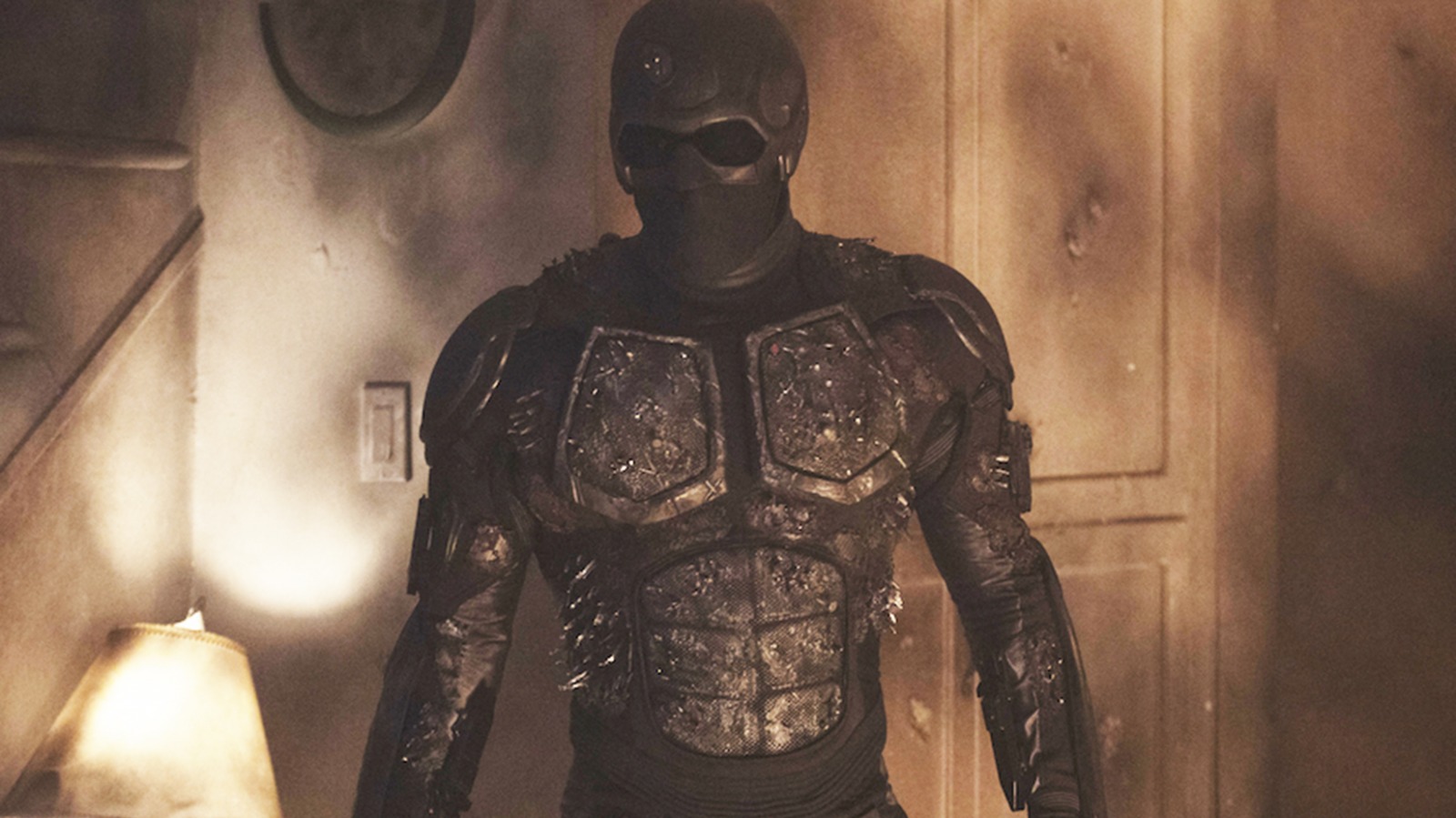
The Original Black Noir Is Homelander’s clone
In the comics, Black Noir was Vought’s contingency plan in case Homelander went rogue. He never takes his mask off because it’s Homelander’s face he’s wearing. But since he’s never given the kill order, he frames Homelander and drives him mad.
In the show, the original Black Noir is just a regular super, albeit one who seems to age slowly, and Homelander kills him with little difficulty. However, Season 4 is introducing a second Black Noir who could well turn out to be a clone.
Homelander Is the One Who Blackmails Starlight in the Comics
Instead of The Deep blackmailing Starlight, Annie January, into… servicing him, it’s Homelander, and Black Noir and A-Train also join in. In the show, it’s The Deep, but he’s actually a minor character in the comics and just goes about wearing a massive diving helmet.
Related: Has Prime Video’s The Boys Been Renewed for Season 5?
Queen Maeve Gets a Happy Ending in the Show
The comic version of Queen Maeve is drunk 90% of the time and only stands up to Homelander toward the end of the series. In the show, she’s much more together, possibly because she has her girlfriend to fight for, and plays a more significant role.
She ultimately loses her powers and settles down with her girlfriend. However, while she does become a slightly better person in the comics, stepping up to defend Starlight, she dies when Homelander tears her head off, off-panel.
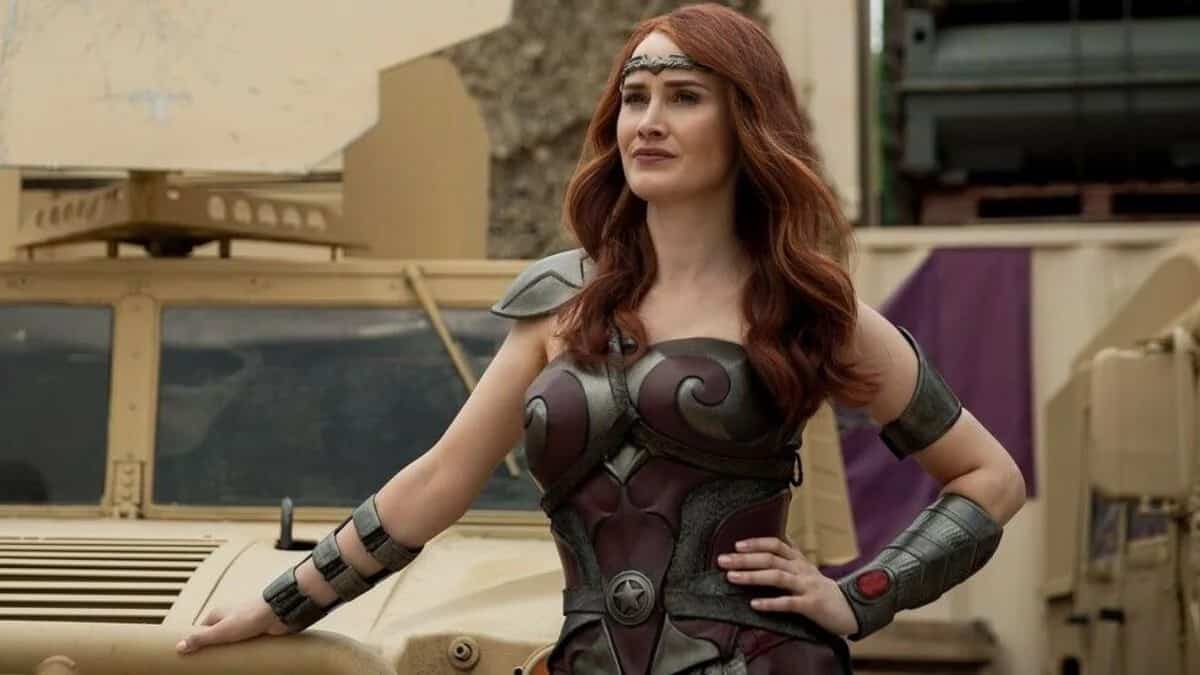
More Superheroes Are Less One-Dimensional
Amazon’s show features, as you might expect, a lot of superheroes. But whereas in the comic, they’re one-joke characters — e.g., Popclaw is basically Marvel’s X-23 — in live-action, they’ve got a little more depth. Gen V, in particular, gives us a glimpse into the world of up-and-coming Supes.
Compound V Brings Dead Superheroes Back to Life in the Comics
Parodying superheroes who return from the dead, the comic version of Compound V can restart dead Supes. But they come back with a fraction of their mental faculties and typically end up being hidden away from public view. That doesn’t happen in the show.
Stillwell Doesn’t Die in the Comics
Madelyn Stillwell, Homelander’s immediate boss, may have met a sticky end, but her comics counterpart, James Stillwell, survives until the end of the run. Stan Edgar dies, but Stillwell replaces him with another Vought executive — Homelander never becomes CEO.
The show’s Stan Edgar has been ousted, but I wouldn’t be surprised if he finds away back. Homelander got rid of him much, much too easily.
Starlight Learns About Hughie’s ‘Job’ Early On
In the show, Starlight knows that Hughie is working for The Boys. In the comic, they both remain unaware of each other’s occupations. When they do find out, they break up, though they eventually get back together. She also never works with The Boys as she does in the show.
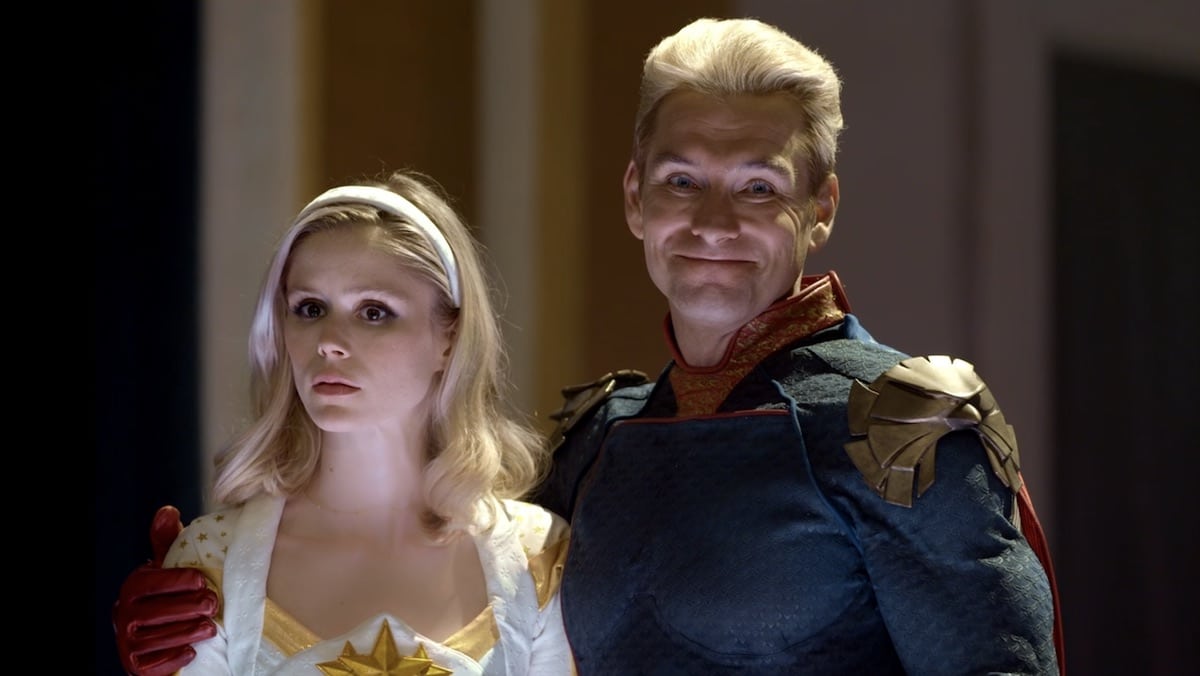
The Boys Have Full CIA Backing in the Comics
In the show, The Boys have an on-off-on-off relationship with the CIA. In the comics, they’re operating with full CIA backing virtually all the time. Plus, while the show’s Susan Raynor has moved on from her relationship with Billy Butcher, in the comic, she regularly cheats on her husband with him.
The comic’s Raynor lives, too, though her attempt at becoming a senator is foiled when audio of her and Butcher together is played at one of her campaign gigs. In the show, Raynor dies when she has her head exploded.
Billy’s Dog Terror Might Be the One Keeping Him on a Leash
Billy’s bulldog, Terror, makes a brief appearance on the show. But in the comic, the pair are rarely separated, and it’s suggested the dog is one of the few things keeping him stable(ish). So when Terror is killed, Billy slaughters the member of The Seven responsible.
Soldier Boy Is Just Rubbish
Instead of being a more problematic Captain America, the comic version of Soldier Boy is just rubbish and gets his nose bitten off by Billy Butcher. That’s because he’s not the Soldier Boy but one of several “heroes” who used the name.
I’m glad Amazon chose to make these changes. As entertaining as the comic is, it wouldn’t really have worked on screen, certainly not for this many seasons.
And those are all the major differences between the Amazon The Boys TV series and the original comic.
The Boys is streaming now on Prime Video.
The above article was updated on 6/12/2024 by the original author to add additional differences between the show and the comic.


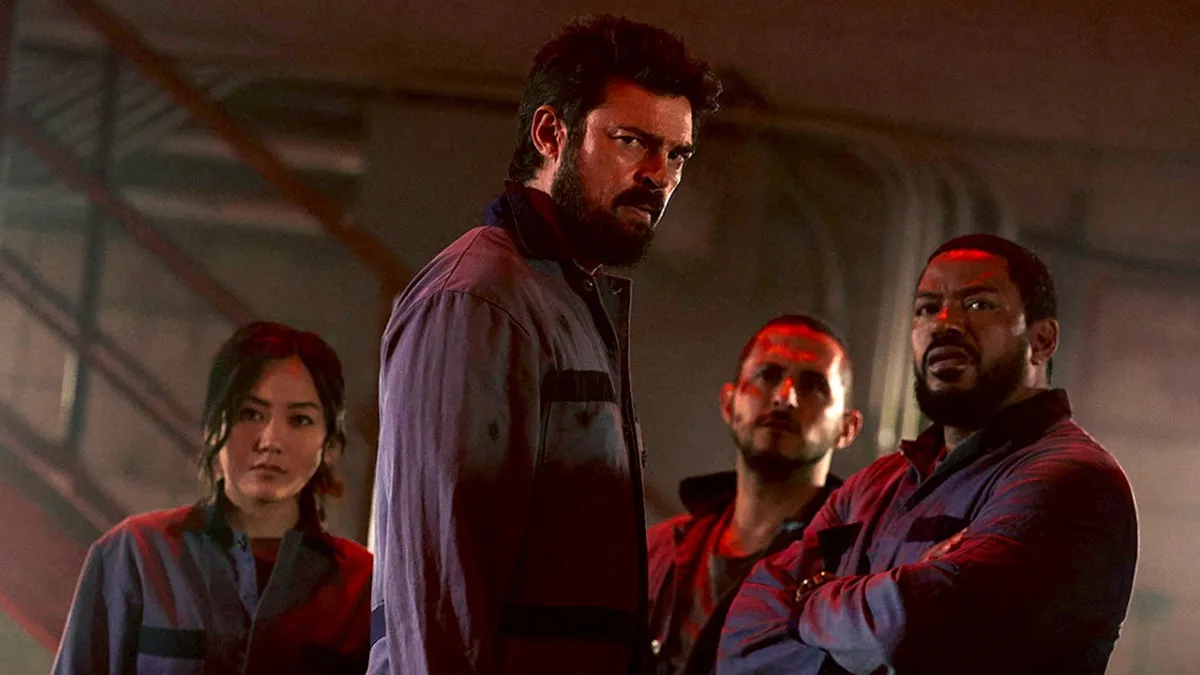


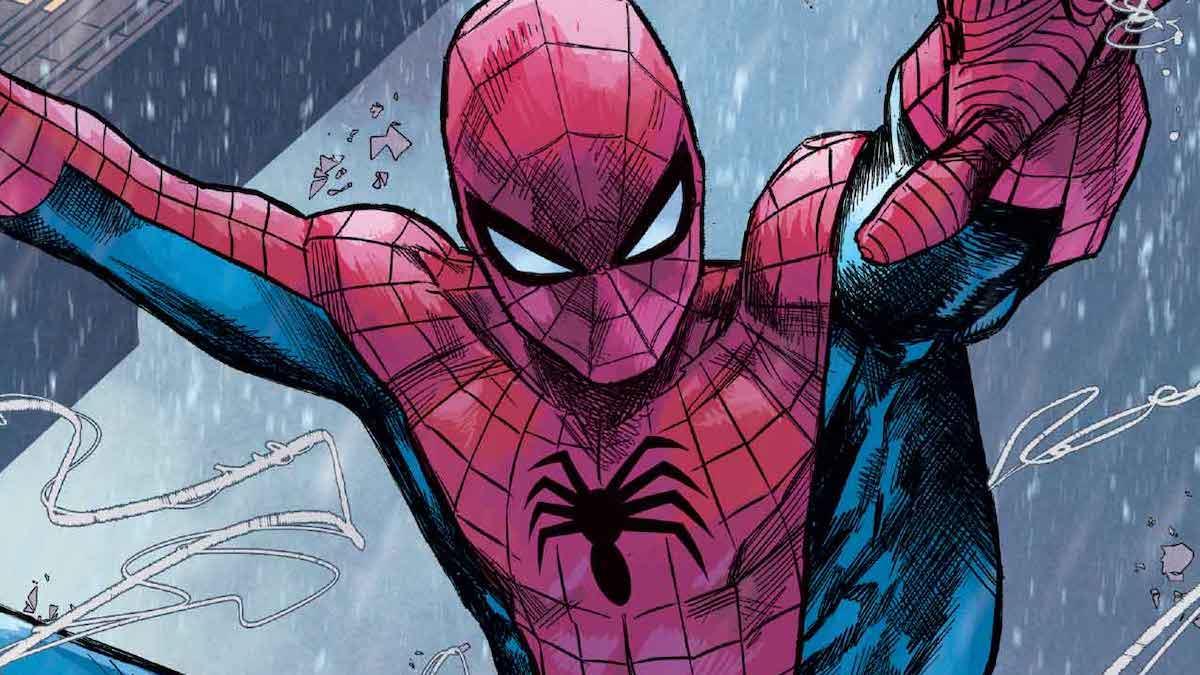

Published: Jun 12, 2024 10:14 am